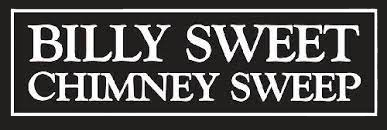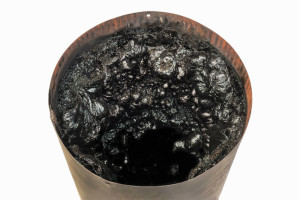If you have a fireplace, you likely know that creosote can be a hazard to your home and family. You probably also have your fireplace swept by a certified chimney sweep each year to remove any creosote buildup from your chimney, and perhaps you even burn the occasional creosote sweeping log to help maintain your chimney. But how much do you know about creosote, how it forms, the dangers it poses and how you can keep it at bay? We’ve put together some basic information on creosote so you can better protect your home and family.
What is creosote?
As smoke from your fireplace makes its way to the top of your chimney, it cools. As the smoke cools, it causes condensation of the chemicals and water vapor created when wood burns. The substance left sticking to your walls is creosote. All forms of creosote — whether black or brown, sticky or shiny, hard or tar like — can be found sticking to the insides of most chimneys.
Why is creosote dangerous?
As little as a quarter inch of creosote buildup on the walls of your chimney can be dangerous, putting your home at risk of a chimney fire. Highly combustible, creosote can burst into flames if it is touched by a stray spark from your fireplace, or if chimney temperatures exceed 1,000 degrees. If creosote builds up enough in your chimney, it also can prevent the gases created by the fireplace from exiting your home, which can force dangerous carbon monoxide back into your home.
How can I avoid the dangers of creosote?
Using the right wood in your fireplace can slow the buildup of creosote in your chimney. Only burn dry hardwoods that have been seasoned for a minimum of six months. When wood is improperly seasoned and contains moisture, it produces more water vapor when burned and burns at a cooler temperature, which causes the formation of creosote. Make sure that your fire is large enough for your fireplace. If your logs are too small, the fire won’t burn hot enough for your chimney. Your flue also should be fully opened when you’re burning a fire, as a partially closed flue will cause smoke to remain in your flue longer, encouraging creosote buildup.
Of course, the best way to keep your home safe from a creosote fire is to have your chimney swept and inspected each year by a certified chimney sweep. Your chimney sweep will make sure that your chimney is entirely creosote free. During the sweep’s inspection, he also will make sure your chimney does not show any signs of damage from a past creosote fire, which can weaken your chimney and put your home at danger for a future fire.
If you’re overdue for a chimney sweeping and inspection, don’t wait! Putting off your chimney sweeping puts your home and family in danger of a creosote-caused chimney fire or carbon monoxide poisoning. Call the certified sweeps at Billy Sweet to have your chimney ready for the fire-burning season.

